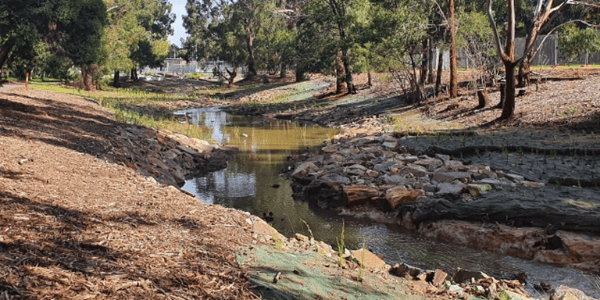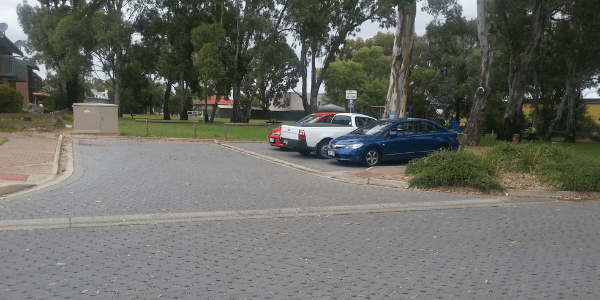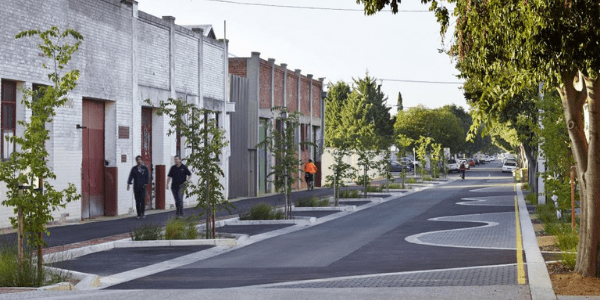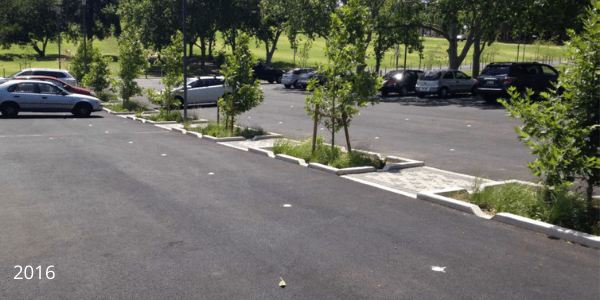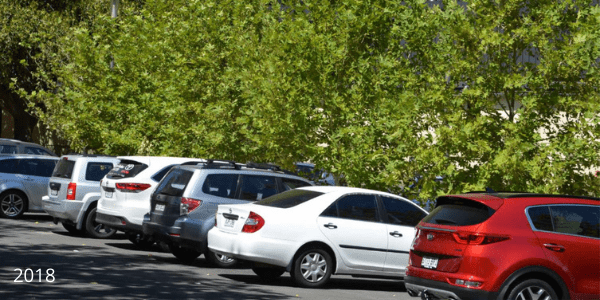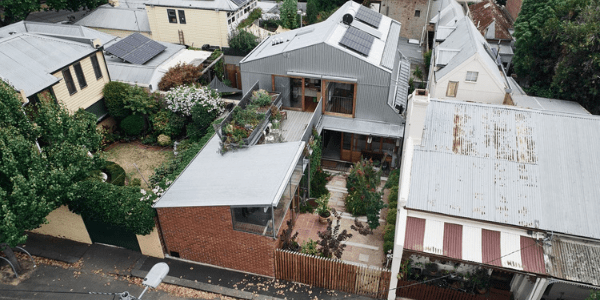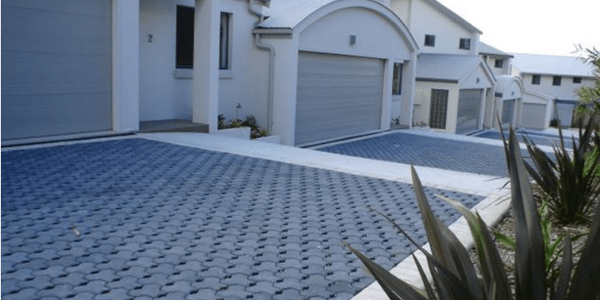
On World Environment Day, the South Australian Government launched its intention to become a National Park City. Led by the Green Adelaide Landscape Board, the Government is looking for ways that we can all contribute to making our communities greener, cooler, wilder and more resilient.
Here are our top three ways to transform Adelaide into a National Park City with water sensitive urban design:
Initiative 1 – daylight our creeks
Historically, drainage lines and creeks in urban landscapes were replaced with underground pipes culverts or concrete channels, to move the water as quickly as possible away from buildings and road system. Often the creek was filled with soil and built over with very little resemblance, if any, to the natural environment that was once there.
We now better understand the importance of these natural systems in providing ecological functions such as sediment and pollutant removal, and habitat for native fauna. By daylighting creeks that have been buried, we can provide natural green corridors along creek lines with all the amenity and wellbeing benefits this provides to communities.
Initiative 2 – Turn our grey infrastructure green
Streetscapes
By simply changing the way we design our streetscapes we can create cooler, greener streets and suburbs that encourage people to take short trips on foot or bicycle rather than by car – Liveable streets.
This includes:
- redirecting stormwater runoff from roads into
- raingardens or
- infiltration pits beneath the ground surface in the verge between the road kerb and the property boundary
- constructing parts of the roadway or parking bays from permeable or porous paving.
By re-integrating water back into urban landscape we can enhance the local microclimate and create a cooling effect.
There is rarely “new” money for water sensitive urban design initiative such as these, so by integrating these design elements when we renew an aging piece of infrastructure we can make better use of existing budgets.
Carparks are one of the easiest places to implement water sensitive urban design, as there are limited underground services to cause design challenges, when compared with streetscapes.
By simply designing the gradient (slope) of the carpark to drain to landscaped areas in low points we can:
- provide a sustainable water supply to trees and landscaped areas, known as passive irrigation
- trap sediments and nutrients in the landscape to limit pollution runoff to the Council drainage system, local creeks and ultimately coastal environments.
The use of permeable or porous pavements in parking bays and/or adjacent to landscaped areas, can provide more stormwater runoff for passive irrigation of trees and greater oxygenation of the soil is possible. Both contribute to tree heath and canopy establishment.
Initiative 3 – Better design of new developments and houses
Infill housing, placing two or more dwellings on a single house lot creates more hard paved surfaces. This in turn can generate significant additional stormwater runoff.
But it doesn’t have to be that way. Some simple design principles can ensure that private developments contribute to a National Park City:
- rethink the overall footprint of the dwelling(s) on the site to allow sufficient space for tree root and canopy establishment, known as a deep soil zone. e.g build up instead of out, ensure the house design chosen is suitable for the dimensions of the allotment
- reduce the amount of vehicle turning movements on the site by incorporating: undercroft car parking or shared parking via carports
- construct common driveways of a permeable or porous material.
Read more about making Adelaide a National Park City and sign the National Park City Charter.






